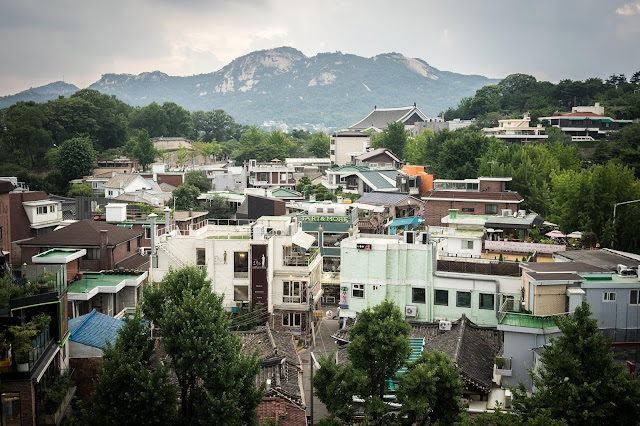The population is used for establishing various economic/social policy as most foundational and original reference to the plan for the short/long-term development of the state. In Korea, the total population in the country in 2015 was 51million. According to the United Nations, the size of Korea population was 13th in Asia and 21th in the world.
The number of population by gender and age group
The proportion of males to females in Korea has been comparably balanced. In the past, the male had outnumbered female because of preferring sons to daughters but Statistics Korea said the ratio of men to women in 2016 has become similar.
The age structure is rapidly changing as the birth rate and death rate has been continuously decreasing. The ratio of youth(0-14) in total population has dramatically decreased from 42.3 percent in 1960 to 25.6 percent in 1990 and 13.6 percent in 2016. On the other hand, the ratio of old age has continuously increased from 2.9 percent in 1960 to 5.1 percent in 1990 and 13.5 percent in 2016.
The spread of Korea population shows too different depending on the area. Recently, the population is concentrated in metropolitan areas and large cities as a consequence of rapid urbanization in the past 50 years; about 12.5million in Gyeonggi, 9.8million in Seoul, 3.4million in Busan in 2016. The population in the metropolitan area including Seoul and Incheon amounted to 25.4 million; 49.7 percent of the nation’s population. The proportion of Seoul’s population accounted for about 19.4 percent of the total population and the size of Seoul’s population is in top 30 cities around the world.
Notes – The data includes foreigners who live in Korea regardless of nationality.
The number of population by gender and age group
The proportion of males to females in Korea has been comparably balanced. In the past, the male had outnumbered female because of preferring sons to daughters but Statistics Korea said the ratio of men to women in 2016 has become similar.
The age structure is rapidly changing as the birth rate and death rate has been continuously decreasing. The ratio of youth(0-14) in total population has dramatically decreased from 42.3 percent in 1960 to 25.6 percent in 1990 and 13.6 percent in 2016. On the other hand, the ratio of old age has continuously increased from 2.9 percent in 1960 to 5.1 percent in 1990 and 13.5 percent in 2016.
The spread of Korea population shows too different depending on the area. Recently, the population is concentrated in metropolitan areas and large cities as a consequence of rapid urbanization in the past 50 years; about 12.5million in Gyeonggi, 9.8million in Seoul, 3.4million in Busan in 2016. The population in the metropolitan area including Seoul and Incheon amounted to 25.4 million; 49.7 percent of the nation’s population. The proportion of Seoul’s population accounted for about 19.4 percent of the total population and the size of Seoul’s population is in top 30 cities around the world.
Notes – The data includes foreigners who live in Korea regardless of nationality.



댓글
댓글 쓰기